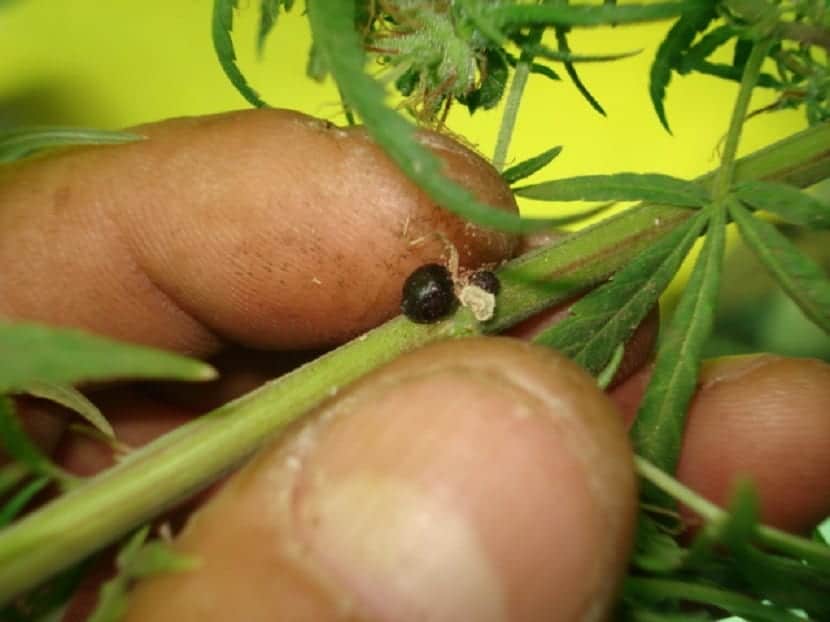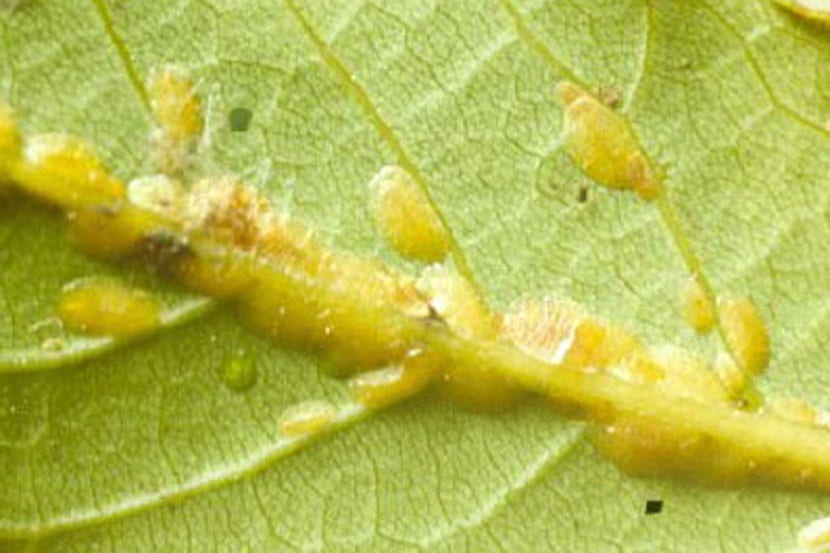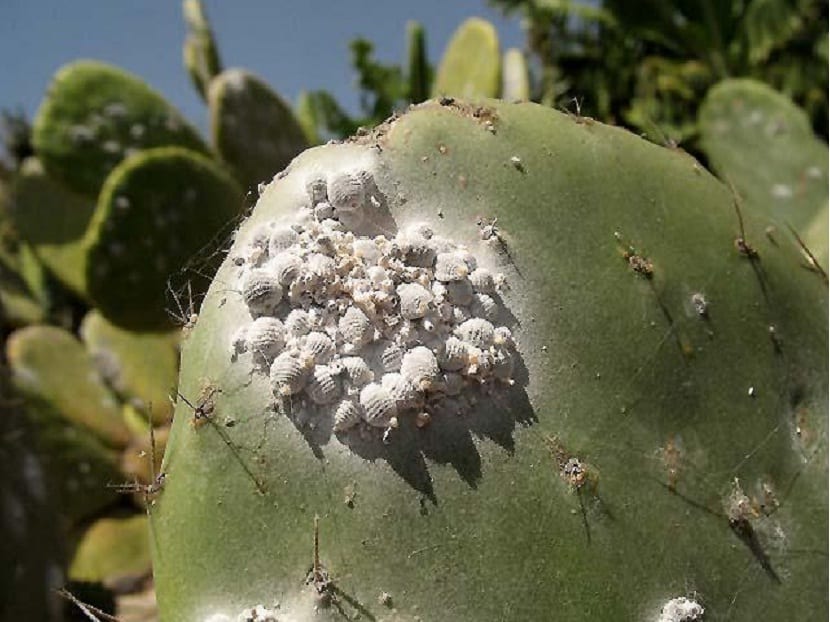
Mealybugs They are insects similar to the limpet that feed by sucking the sap of a wide range of plants, including indoor plants, greenhouse plants and many fruits, in some cases affects ornamental plants grown outdoors.
The insects can weaken plants and some emit a sticky substance on the foliage, which allows the growth of the black mushrooms.
Know what mealybugs can do to your plants

There are a wide variety of insect species that attack cultivated plants. These sap-sucking insect pests can weaken the growth of a wide range of plants. Many species emit a sticky and sugary substance, which has the name of honeydew, on the stems and leaves on which they feed.
Some species also produce more white, waxy ovules on stems and lower leaves. A wide range of ornamental plants, fruit trees and shrubs created out of plants can be attacked. Many species of insects affect indoor plants or those that grow in greenhouses or other protected places.
Among the symptoms that may indicate that there is an attack by these organisms we can find scales or shells in the form of bumps on plant stems and on the underside of leaves, these are the outer linings of mealybugs. Heavy infections can result in poor growth, which accumulates on the upper surfaces of the leaf. Under humid conditions this could be colonized by a non-parasitic black fungus which is known as sooty mold, where some insects lay their eggs under a covering of white fibers during the summer.
Different controls to kill the mealybug

Biological controls can be carried out in the summer in greenhouses with parasitic wasps, these attack two species of insects that affect plants, the coccus hesperidum and the Saisettua coffeae.
A chemical spray is most effective against newly hatched nymphs. With the organisms that affect the outdoors there is a new fertilization per year and most of the time eggs appear at the end of June. Mealybugs in greenhouses or on houseplants they reproduce throughout the year so that all stages of the life cycle can be present at the same time.
Mealybugs can remain attached to the plant long after they are dead but the new growth must be free of insects once they are under control. Deciduous fruit trees and roses can be treated with a cleaning of the trees through vegetable oils and on a dry and mild day in December to be able to control the hibernating nymphs that appear during winter.
All the leafy ornamental plants can be sprayed with the insecticide called acetamiprid, where some of the sprays made from this spray can be used on some fruits, including apple, pear and peach.
Sprays based on natural substances and that are considered organic are full of fatty acids and vegetable oils. These have very little persistence so you may need many applications during the incubation period of the mealybug, but they can be used in all fruit trees and shrubs.
All species of insects have a layer that covers their bodies when the eggs mature, but with mealybugs the eggs are laid outside of this and just below a mass of white fibers. You should know that adults are sedentary, but the newly hatched nymphs actively crawl on the surface of the plant and spread the infestation.
Mealybug insects in the greenhouse can reproduce continuously throughout the year, but the species that infest outdoor plants mostly have one reproduction per year.


